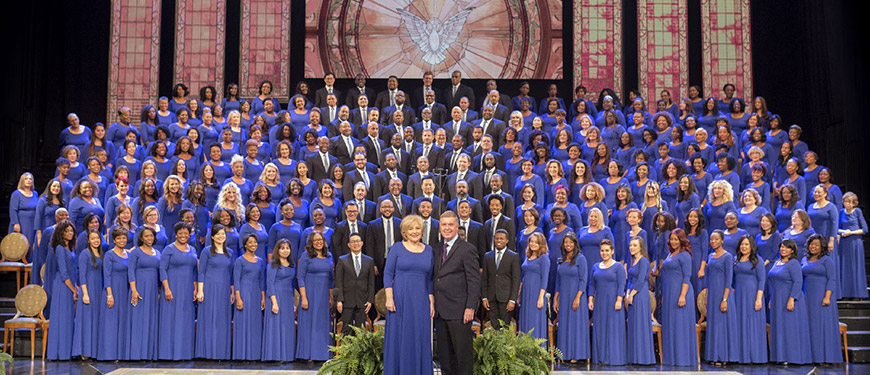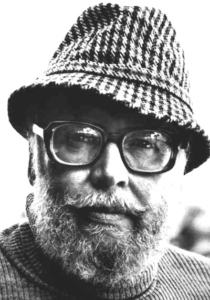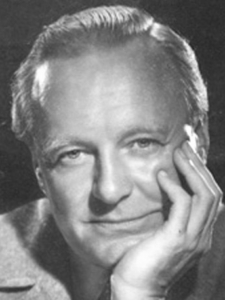REVIEW POTPOURRI: Christmas at the Brooklyn Tabernacle

The Brooklyn Tabernacle Choir
 by Peter Cates
by Peter Cates
Christmas at the Brooklyn Tabernacle
The Brooklyn Tabernacle Choir and Singers, with the London Studio Orchestra; Warner Alliance 9460042, CD, recorded 1995.
Brooklyn, New York’s Tabernacle church has this very good choir as part of its weekly services and worldwide ministry. This cd is one that should please those who enjoy the group’s singing.
The following list of five CDs feature the alto saxophone of the jazz musician Lee Konitz, with comments at the end. 1. Subconscious – Lee, Prestige 0JCCD1862./ 2. Konitz Meets Mulligan, Pacific Jazz. CDP7468472./ 3. Jazz at Storyville, Black Lion BLCD760901./ 4. The Real Lee Konitz, Collectables COLCD6370./ 5. Another Shade of Blue, Blue Note 7234982222.
Still living and, as far as I know, active musically, Lee Konitz had a strong influence on the alto saxophonists Paul Desmond and Art Pepper, although Konitz was younger than both of them. He and Charlie Parker were good friends but he was his own man, whereas other altoists fell under Parker’s Sway. I really like his combination of intelligence, vibrant musicianship and beauty.
The five titles, in addition to more than 200 other ones, attest to his productivity for over 70 years. For reasons of space here, those curious check further on my five very recommended choices.


























